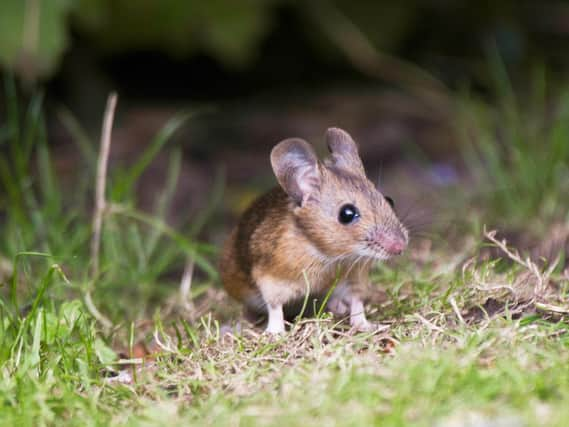A new audio library reveals the hidden world of mice, voles and shrews and could help conserve the small mammals vital to our eco system.


Using audio recordings, the group, led by Dr Stuart Newson from the British Trust for Ornithology, has developed an approach that should improve our understanding of the status and distribution of these vital but easily overlooked species.
Over the past 18 months, researchers found that while rarely seen, mice, voles, shrews, rats and dormice do occasionally give away their presence through their vocalisations.
Advertisement
Hide AdAdvertisement
Hide AdBy recording and studying these sounds they developed “acoustic classifiers”, which can be used to reveal the presence of small mammal species in recordings made by automatic devices left in the field.
Dr Newson said: “Our approach complements existing monitoring approaches for small mammals, adding data from many more locations for a suite of species whose status information is difficult to obtain and, in many cases, is lacking or not up to date.
“The collection of acoustic data for small mammals could be extremely cost effective. Small mammals often vocalise at night and their calls are often collected as ‘by-catch’ by those who are surveying bats. By running these recordings through the trust’s acoustic pipeline, small-mammal calls can be detected and the species identified.”
This approach, he said, could be particularly valuable for determining the presence of different small-mammal species on nature reserves or at sites where development is being planned.
Advertisement
Hide AdAdvertisement
Hide Ad“It could help conservation efforts by providing an economical method for detecting the presence and abundance of small mammals, such as Hazel dormice in woodland or brown rats on seabird islands,” Dr Newson said.
Co-author of the research, Huma Pearce, said: “Small mammals provide vital ecosystem services, including seed dispersal, insect control and management of soil structure and chemical composition, as well as providing a vital food resource to a large number of predators, such as owls.
“Nevertheless, their value is largely overlooked, with relatively few species receiving legal protection. It is hoped this novel approach to monitoring small mammals will improve our understanding of their distribution and abundance and raise awareness of their significance in ensuring healthy ecosystem function.”
To the human ear, the vocalisations of small mammals may sound like a high-pitched squeak but the researchers said the calls were in fact extremely complex, extending beyond the range of our hearing into the ultrasonic – and showing a great deal of variation in their structure.